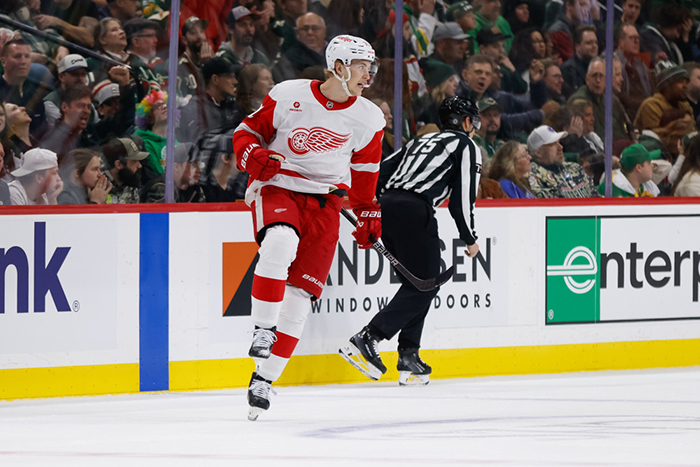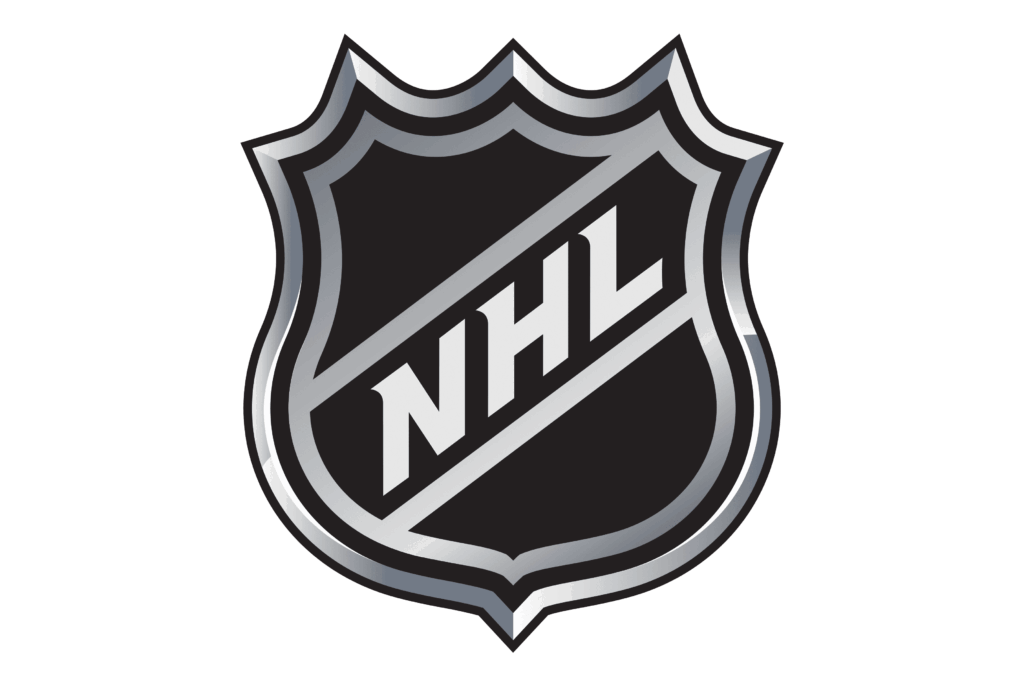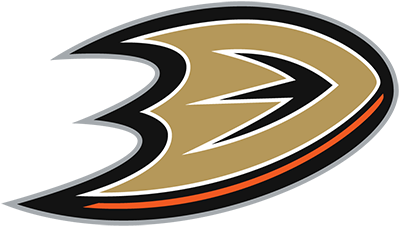More than any other topic related to NHL Rules, I get asked questions about goalie interference (Rule 69). Of the many poorly written rules in the NHL Rule Book, this is at the top.
The set of instructions related to determining goal/no goal (and, sometimes, penalty/no penalty) are simultaneously too open-ended and too specific to the point of being counter-intuitive and self-contractory for essentially similar situations.
Year after year, especially in the playoffs, this topic comes up. What we need to do as a sport is revisit a simple premise that the late John McCauley used in order to guide me and his other charges with what to do with making judgment calls in borderline situations or murky instructions from the Rule Book.
John would ask us this question: “What is the PURPOSE of this rule being in the book?”
Goalie interference rules were written poorly
In the case of goaltender interference, intent vs. precision is the fly in the ointment. By intent, it boils down to one question. Did the direct actions of an attacking player making physical contact with the goaltender unfairly prevent the goaltender from having a fair chance to make a save?
By its very nature, there is always going to be subjectivity involved. We pay our officials to judge, and that’s what they need to do…. in proper position to have a good look at the play (a topic that I also address frequently).
As presently written, the NHL Rule Book does a poor job at presenting guidance for the on-ice officials to make the correct judgments. The catch-all parts are too broad and the nuances often contradict common sense.
Was contact avoidable?
Each and every year, the dozens of nuances of Rule 69 and the leaps of logic and even self-contradictions at time within the NHL’s Rule Book instructions rear their heads during the Stanley Cup Playoffs.
At the same time, the NHL coaches its referees to stay deep in the corners rather than to skate the optimal position to best see what happens around the net. There’s a “make a call and fix it in replay if need be” mentality that has increasingly (and detrimentally) taken hold. As a result, we have a lot of officials who have fallen into bad habits.
I see it too often, and it makes me cringe. Coaches, players and broadcasters lament “I don’t even know what goaltender interference IS anymore.” We can just keep shrugging our shoulders in public and gnashing our teeth in private. I’ve also had pro-level officials themselves tell me in private that we need to rethink goalie interference plays. The gray areas cause of incidental contact cause endless headaches.
An officiating nightmare
It’s inevitable. Goalie interference, in all it iterations, involves splitting hairs. For example:
- Was the contact just in or just outside the blue paint?
- Did the attacker get pushed in by a defender? If so, was “reasonable effort” made to avoid contact?
- Was there a prompt effort to vacate the crease? *
- Did the goalie initiate incidental contact? If so, was it in the act of trying to establish position to make a save (the instruction here is “no goal”) or was he initiating contact in the hope of drawing a call (potential penalty on the goalie, good goal if scored)?
- Where was the puck when the incidental contact took place?
- Did the goalie have a reasonable chance to reset and attempt a save?
While some of these considerations fall within the spirit of the Rule Book, others get so bogged down in minutia that too many perfectly good goals end up getting taken away. When in doubt, I always heard the words of John McCauley.
“Paul, why does this rule exist?” he said to me many times. “If you understand why the rule exists in the first place, you’ll know when it applies.”‘
Clarifying the clarifications
Unfortunately, as the Rule Book as gotten thicker and thicker, we’ve added more and more contradictions and illogical additions in the name of “clarification.” Plain and simple, goaltender interference rules exist to ensure that goaltenders have a fair opportunity to make a save and that attackers have a fair opportunity to set up legal screens. If pushed into the goalie by a defender, the attacker has to make a legitimate effort to avoid or minimize contact and then to vacate the blue paint as soon as possible. Within those parameters, use your judgment.
Too often, instead of applying these “spirit of the rule” standards that our best teaching officials — the McCauleys and John Ashleys and Frank Udvaris and, yes, Bill Stewarts — advocated, we end endlessly quibbling over the tiny details such as the most glancing of contact just inside/ just outside the blue paint. It was a bit easier when I was reffing (and before that, playing) because the crease area was smaller then now. The same principles applied, though.
Actually, within the Rule Book, there is already a remedy for dispensing with this sort of stuff without having to get into the instructions for what to do if the incidental contact is just inside or just outside the blue paint.
Rule 69.2 states the following: In exercising his judgment, the Referee should give more significant considering to the degree and nature of the contact with the goalkeeper than to the exact location of the goalkeeper at the time of contact.
I like this portion of the Rule because it cuts right to the heart what we should and shouldn’t be overturning.
Perfection is impossible…. improvement is not
What do we need to do to get a much higher percentage of these judgment call rulings correct in the first place and also correct on replay if challenged/ reviewed?
1) Re-teach our officials to get in optimal position for plays around the net.
2) Use the spirit of the Rule for goalie interference as our primary standard.
3) Apply the ancillary considerations as secondary evidence to support a good-goal or no-goal ruling, rather than the other way around.
But, hey, what do I know?
United States Hockey Hall of Famer Paul Stewart holds the distinction of being the first U.S.-born person to make it to the NHL as both a player and referee. On March 15, 2003, he became the only American-born referee to officiate in 1,000 NHL games.




